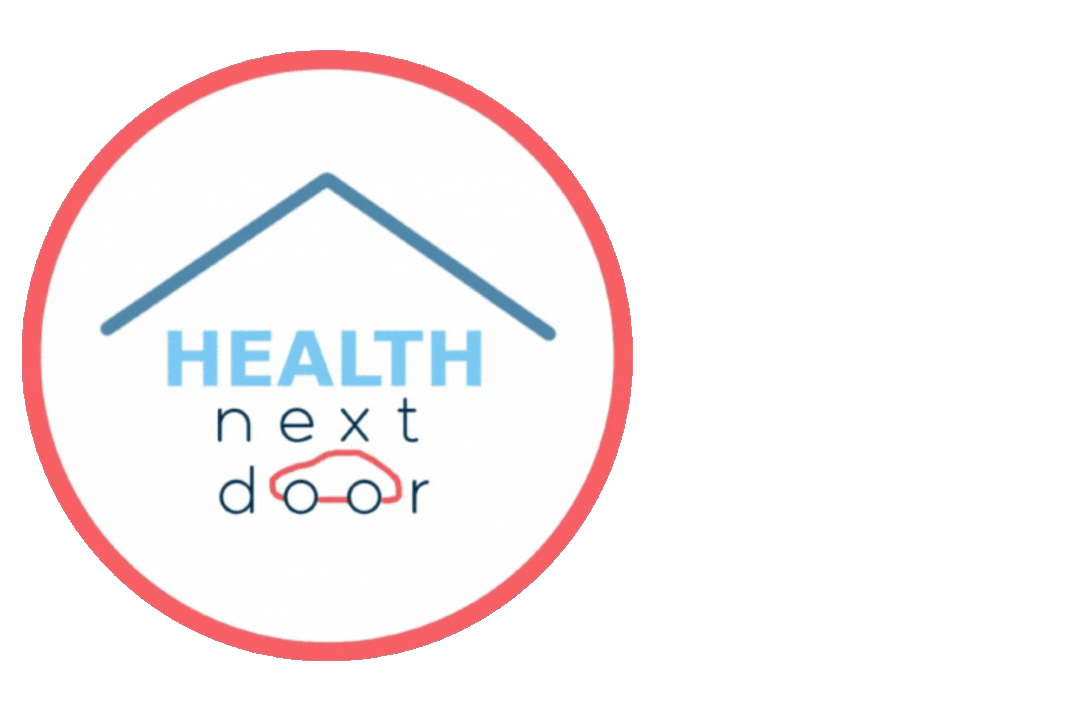What are the best Physiotherapy Practices for Workplace Injury Recovery?

Workplace injuries can be a significant setback, affecting not only your professional life but also your overall well-being.
At Health Next Door, we understand the importance of effective recovery to get you back on your feet and back to work safely. Here are some of the best physiotherapy practices for workplace injury recovery.
1. Initial Assessment and Individualised Treatment Plan
The first step in any effective physiotherapy program is a comprehensive assessment. This includes understanding the nature of the injury, the specific demands of your job, and any other health conditions that may impact your recovery. Based on this assessment, a personalised treatment plan is created to address your unique needs.
2. Pain Management
Managing pain is crucial in the early stages of recovery. Physiotherapists use a variety of techniques to help reduce pain, including:
Manual Therapy: Hands-on techniques to manipulate muscles and joints.
Ice and Heat Therapy: Applying cold or heat to reduce inflammation and discomfort.
3. Mobility and Flexibility Exercises
Restoring movement is a key goal of physiotherapy. Exercises aimed at improving mobility and flexibility help ensure that the injured area regains full function. These exercises might include:
Stretching: To improve flexibility and reduce muscle tension.
Range of Motion Exercises: To restore movement in the joints.
4. Strength Training
Strengthening the muscles around the injured area is vital for supporting recovery and preventing future injuries. Physiotherapists design specific strength training programs that gradually increase in intensity as your recovery progresses.
5. Ergonomic Assessment and Training
Understanding how to move and work safely is essential to prevent re-injury. An ergonomic assessment can help identify any workplace practices or setups that may have contributed to your injury. Training on proper posture, lifting techniques, and workstation adjustments can make a significant difference in your recovery and future injury prevention.
6. Functional Training
Functional training focuses on exercises that mimic the movements you perform in your job. This type of training helps ensure that you are physically prepared to return to work. For example, if your job involves a lot of lifting, your physiotherapist might incorporate lifting exercises into your recovery plan.
7. Gradual Return to Work Plan
Returning to work too quickly can lead to setbacks. A gradual return to work plan, developed in collaboration with your physiotherapist and employer, helps you ease back into your duties safely. This plan might include modified duties or reduced hours initially, gradually increasing as your strength and confidence improve.
8. Ongoing Support and Follow-Up
Recovery doesn’t end once you return to work. Ongoing support and follow-up appointments with your physiotherapist ensure that you continue to progress and address any issues that arise. Regular check-ins help maintain your recovery and prevent future injuries.
Conclusion
Workplace injuries require a comprehensive and tailored approach to recovery. At Health Next Door, our experienced physiotherapists are dedicated to helping you recover fully and return to work safely.
By following these best physiotherapy practices, you can ensure a smoother and more effective recovery process. If you’ve suffered a workplace injury, contact us today to start your personalised recovery plan.


.png?width=50&height=50&name=WhatsApp_Image_2024-03-29_at_13.48.58_f7740a48__1_-removebg-preview%20(1).png)